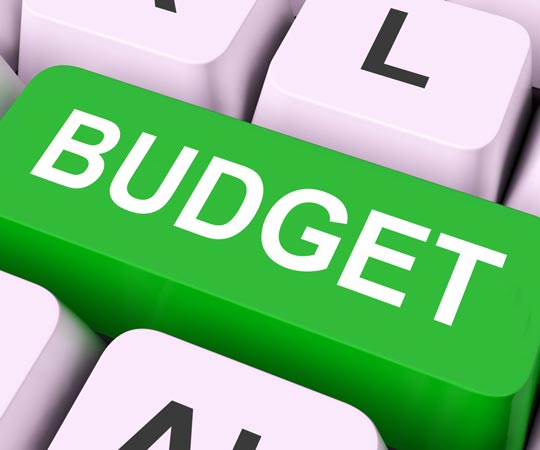The ‘bank levy’ that is causing such a political storm in Canberra may not be great policy in itself, but it will still be overwhelmingly good for Australia.
To understand why, it’s first necessary to ignore the silver-tongued protests of former Queensland premier Anna Bligh, now head of the Australian Bankers’ Association, and former Treasury secretary Ken Henry, now chairman of National Australia Bank.
They are using years of expertise developed on the public payroll to defend bank shareholders.
And don’t give much credence to CBA boss Ian Narev’s simplistic claim that “basically all Australians” are bank shareholders.
More than a fifth of the big four banks’ shareholders are foreign investors, and many middle- and lower-income Australians have superannuation holdings too puny to make them significant shareholders of anything.
A $100,000 super account, for instance, would likely have about $6000 in bank shares. The dividend earnings on those shares before tax would be about $300. And those earnings would, according to Treasury estimates, be reduced by 4 or 5 per cent – well under $20 a year.
Bloated banks
In Australia, banks have grown to a ridiculous size and make profits many times those of our biggest employers, Wesfarmers and Woolworths.
But it is not ‘market forces’ that have made them that way. They have grown much more than other sectors of the economy thanks to two levels of support from the federal government.
The first is the implicit guarantee provided by the government for the banks’ liabilities.
That guarantee swung into action during the GFC and became explicit, but it is always there – and the banks, and the institutions that lend to them, know it.
That means the big banks can borrow more cheaply. Even with the bank levy in place, they’ll still only be paying back a third of the benefit they receive from that guarantee.
Tax distortion
The second reason banks are so profitable is a simple matter of scale.
If property investors were not offered such generous tax concessions via negative gearing and the capital gains tax discount, they would not be able to borrow as much money to bid up property prices.
If they were unable to bid up prices, owner-occupiers would not have to borrow such large sums either – there would be fewer dollars chasing each available property.
And if those twin tax breaks were reduced, the banks’ mortgage books, and therefore profits, would be smaller.
Mr Henry himself argued to reform the housing tax breaks back in 2010 – but then he was employed by taxpayers, not a bank.
A political bind
The problem for Treasurer Scott Morrison is that the tax lurks that drive this bloated system disproportionately advantage voters in Liberal-held electorates, as a report released by the Australia Institute on Tuesday shows.
The think tank’s league table, showing the annual CGT refund averaged across all taxpayers in an electorate, is dominated by top Liberal seats.
Nationwide, the average claimed by taxpayers in Nationals seats is just $146, in Labor seats $297 and Liberal seats $672.
And therein lies the problem. The obvious and most effective way to reduce the credit bubble and bring banks back to the relative size and profitability seen in other developed countries is to reduce those concessions.
But as the Coalition can’t do that for political reasons, it is instead reclaiming some of the banks’ huge profits to shore up the federal budget.
It’s second-best policy, but it will at least help counteract the effect of not considering the first-best policy.
That said, the levy on the five biggest banks will collect $6.2 billion over four years – pretty small beer considering the government also plans to phase their corporate tax rate down from 30 per cent to 25 per cent over the next few years.
The question then will be whether people like Ms Bligh and Mr Henry complain with equal vehemence that banks again have it too easy.

